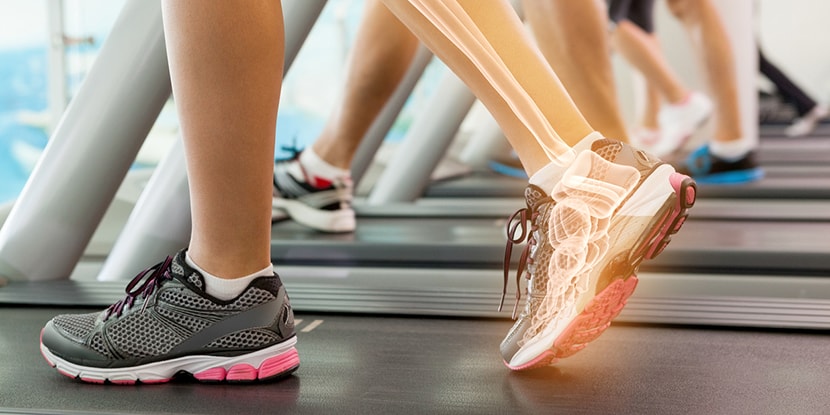How do I find out if I have weak bones that put me at risk for a bone fracture?

Bone mineral density testing (i.e. DEXA scan) is the most common test used to screen for bone loss. This test gives you a score called a T-score. If your T-score is 2.5, standard deviations below the average 25 year old adult, (T-score = -2.5) then you will be diagnosed with osteoporosis. If you have a T-score between -1 and -2.5, then you have bone density lower than the average adult and you will be diagnosed with osteopenia.
Bone density screening provides information about how much bone you have right now. However, it gives very little information about how quickly you are losing your bone. There are certain biochemical markers in the blood and urine that can tell us how quickly your body is building up and breaking down bone. Although these tests are not used to diagnose osteoporosis, they are often used to monitor patients diagnosed with bone loss and taking medications to treat osteoporosis. You double your risk of a bone fracture if you have a low bone mineral density along with a rapid loss of bone. Ask your doctor about the following tests that can tell if you are rapidly losing bone. These tests may also indicate if there is a different cause of bone loss such as cancer or other metabolic bone disease.
- Serum total alkaline phosphatase/ bone-specific alkaline phosphatase: This lab tells us how fast your bone is building up.
- Urinary collagen type 1 cross-linked N-telopeptide (NTX Osteomark): This lab tells us how fast your bone is breaking down.
These markers can also be tested more regularly than DEXA bone scans. Bone density scans are repeated every 2 years, but NTX tests can tell within 3 to 6 months whether or not treatment is working.
Recently the World Health Organization developed a web-based tool that can predict your ten year risk of osteoporosis fracture. This assessment is known as FRAX and uses your bone mineral density score while taking into account several of the risk factors mentioned above. You can follow this link (http://www.sheffield.ac.uk/FRAX/tool.jsp) and calculate your own risk if you know your DEXA scan T-score.
There are some simple early warning signs that you may be losing bone or may have problems in the future. These can be early signs of nutritional deficiencies and early bone loss. If you have any of these health complaints, you should look further into your own bone health.
- Frequent leg cramps and muscle pain
- Brittle slow growing fingernails
- Decreased grip strength
- Receding gums
- Loss of height
- Decrease in overall physical fitness


